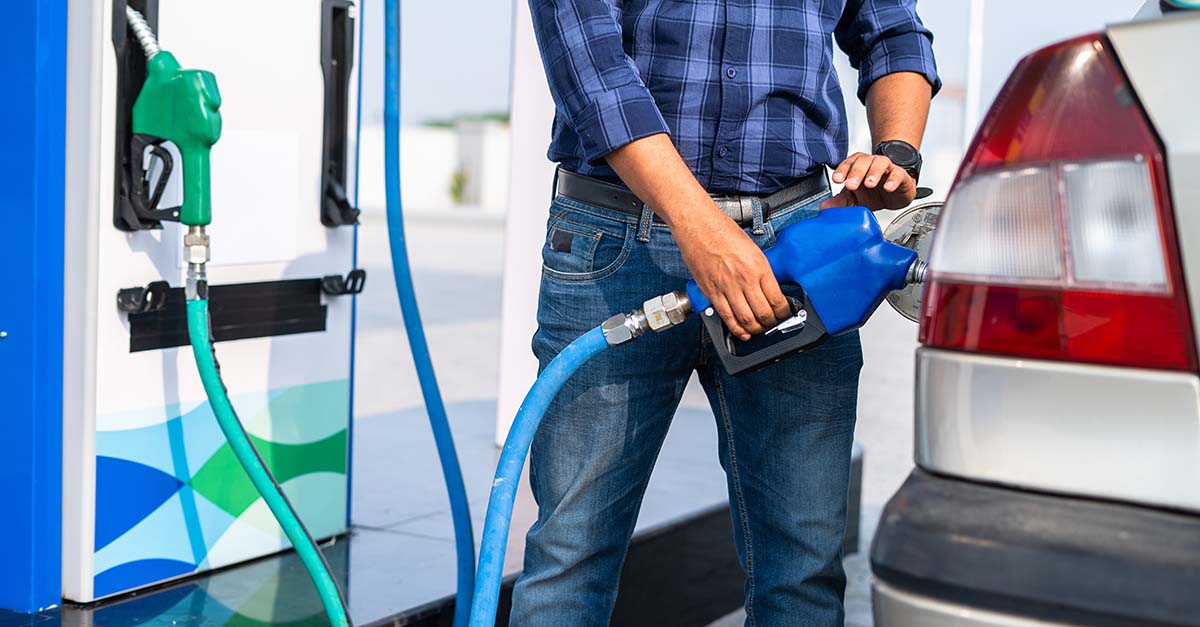How local and regional grocers can stay competitive in the age of mergers and acquisitions
With the growing trend of mergers and acquisitions in grocery, regional and independent grocers need a new playbook.

Tyler Renaghan
It’s safe to say that we’re all still watching what will happen with the Kroger-Albertson merger. The proposal sent shockwaves through the grocery industry last year because of the potential ripple effects in non-grocery retail, e-commerce, quick-service and fast casual restaurants, and beyond.
In many ways, this potential merger underscores the growing trend of mergers and acquisitions in grocery – what’s exceptional is that this merger could eclipse all those recent changes. Grocers need to be prepared for more of this kind of news as costs continue to rise and larger retailers work to fortify their bargaining power with suppliers.
Regional and independent grocers need a new playbook; a strategy for growing their market share even without massive resources and marketing budgets. They can do that by tracking and profitably filling their unused capacity in-store with new and repeat customers.
Merger and acquisitions, now and future
Mature and late-stage industries like grocery retail are particularly prone to consolidation. Economic indicators show that large-scale businesses are forced to form alliances with their peers to expedite growth and win market share.
The grocery industry has proven this trend remarkably true in 2022, with mergers and acquisitions (M&A) like Raley's purchase of the regional Arizona grocer Bashas, private equity (PE) firm Kingswood Capital Management’s purchase of Save Mart, and Apollo Funds’ acquisition of the major Hispanic-focused grocers Cardenas Markets and merging with its existing portfolio company, Tony's Fresh Market.
Collectively, these headlines tell a story of grocers changing hands between major PE firms, companies consolidating and merging assets, and others expanding into new markets through acquisitions.
But the proposed Kroger-Albertsons merger would be a different beast entirely. With this new deal, the industry is essentially restructured with a “Big 3” on top—Walmart, Amazon, and now Kroger-Albertsons looming large. Combined, these mega-retailers will have a 30% share of U.S. grocery spending, even if they only have 15% of total physical stores. This kind of power takes considerable market share from smaller retailers, and their hybrid shopping experience reinforces their ability to dominate digital channels as well.
Taking advantage of data to stay competitive
For regional or mid-sized grocers, the solution to the consolidation problem is less about trying to compete on the terms and scale of these conglomerates, and much more to do with maximizing their existing potential. Many stores already have spare capacity in-store, which can be observed anecdotally by looking at empty checkout lanes, unsold inventory, and vacant aisles.
But grocers can also analytically measure spare capacity using their own transaction data. Excluding peak-traffic occasions like Thanksgiving and Super Bowl Sunday, grocers can compare their store’s busiest transaction hours to its average transaction rate to understand how much of what they’re paying for in-store goes unused.
In an analysis of small, medium, and large grocery store chains nationwide, we found a significant gap between maximum and average capacity utilization. Most stores only utilize 24% of their capacity, and during peak hours (when stores see the most foot traffic), utilization jumps to 46%. This means anywhere from 54% to 76% of store capacity still goes unused.
In other words, retailers should focus on decreasing their existing, unused capacity on-site to create entirely new sales from competitors. These captured transactions would fall straight to their bottom line since it would come at no additional cost to their store beyond the cost of the goods themselves.
An opportunity to fill spare capacity
A strategy focused on capacity utilization and driven by data won’t bend or break against the competition of the new “Big 3.” In fact, a number of regional grocers have taken market share away from these high-powered, big-spending retailers using personalized incentives to entice new customers and get the infrequent ones to shop more often — thereby filling their unused capacity in-store. Other grocers might consider listing their business on marketplaces with wide consumer reach, next to other brands and categories that consumers need, so new customers see and learn more about them.
Mergers, acquisitions, and general industry consolidation will continue this year and beyond. Regional and independent grocers looking to stay competitive can do that simply by putting their underutilized capacity to work. That means profitably filling their unused capacity in-store with new and repeat customers — changing behavior in a substantial, long-term way that protects their ability to earn profit no matter what the future may hold.
Share this article:
Tyler Renaghan is a business development leader with over 15 years of experience in identifying new segment opportunities, developing high-performing sales teams, and elevating company profiles with target markets. In his current role as Vice President of Grocery, he is responsible for developing the go-to-market strategies that drive merchant adoption and continued growth through our retail partners on the Upside platform. Prior to joining Upside, held critical leadership roles at Instacart and Groupon.
Request a demo
Request a demo of our platform with no obligation. Our team of industry experts will reach out to learn more about your unique business needs.











.png)




